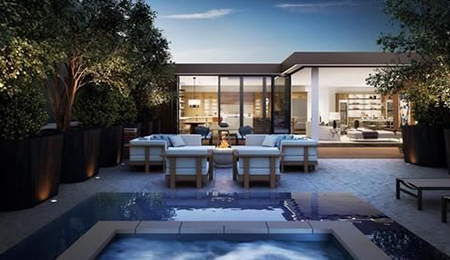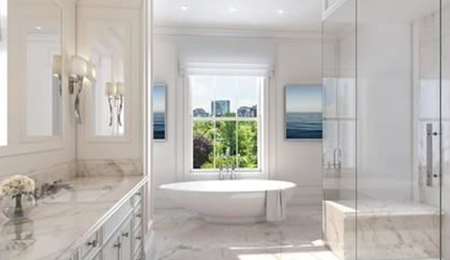Now that we’ve closed the book on the first quarter of 2019, what do the numbers say about our Boston real estate market?
To answer this question, we’ll look back at the year-over-year statistics from the luxury market (or properties worth $2 million or more) and the neighborhoods of Back Bay, Charlestown, and South End.
In the luxury market, inventory increased, which is putting a lot of pressure on sellers. The average days on market, meanwhile, increased as well to 142 days. Although the number of sales dropped, the good news for sellers is that the average sale price went up, which means buyers are still willing to pay for quality luxury properties.
“Interest rates have dipped over the past several months.”
In Back Bay, inventory rose 10%, but the number of sales dropped. The average days on market rose slightly, but so did the average sale price, so sellers are still in a strong position in this area as well.
In Charlestown, inventory spiked, but this is mainly because this area features many full-service buildings that are facing some hefty special assessments, and a lot of sellers are putting their homes on the market. Over in the Gaslight section, the average sale price and the average days on market remained steady, so the situation is healthier in that area.
In South End, inventory remained flat, sales dipped slightly, and the average days on market rose slightly. Sellers still have the upper hand in this area too, but they still need to remember to be strategic when listing their homes.
In other news, interest rates have dipped over the past several months. Since last fall, they’ve gone from 4.9% to about 4.2%. We expect them to creep back up again in the future, but for now, they’re perfect for the spring market.
If you have any more questions about our Boston market or you’re thinking of buying or selling a home soon, don’t hesitate to reach out to me. I’d be happy to help you.



